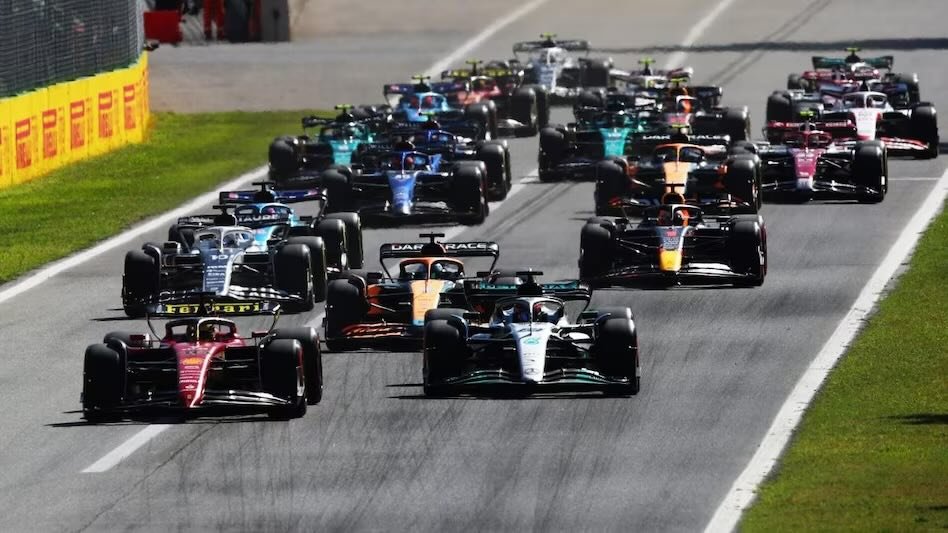Has the Cost Cap Changed the Competitive Landscape of F1? (Dissertation)
Over recent years, financial rules have come to be a central feature of sporting competition. Football has financial fair play, the NFL a salary cap, and now Formula One (F1) has introduced its own cost cap. The intention behind implementing such a restrictive financial measure is not only to eliminate the unsustainable spending of teams, but to also improve the competitive balance of the sport. This should in turn allow for closer races and less predictable winners. As hypothesised by the uncertainty of outcome theory, this will entail that F1 gains in popularity.
Hence, the aim of this research project is to determine the extent to which the cost cap in F1 has successfully contributed to increasing competitiveness. To address this aim, the project employed statistical analysis techniques including the Herfindahl Hirschman Index, Lorenz Curves and Performance Delta analysis. The results revealed that whilst F1 has become more competitive in terms of pure lap times, there has been no change in the competitive balance of the F1 world championships.
There may be a number of reasons for why the cost cap has not succeeded, including the differentials built into the current points scoring system and vast inequalities in infrastructure. Consequently, if the cost cap is to prove successful in improving competitiveness, measures such as allowing disadvantaged teams to increase their capital expenditure, and revisions to the points scoring system, should be considered.
Click the link below to read the full research project:
